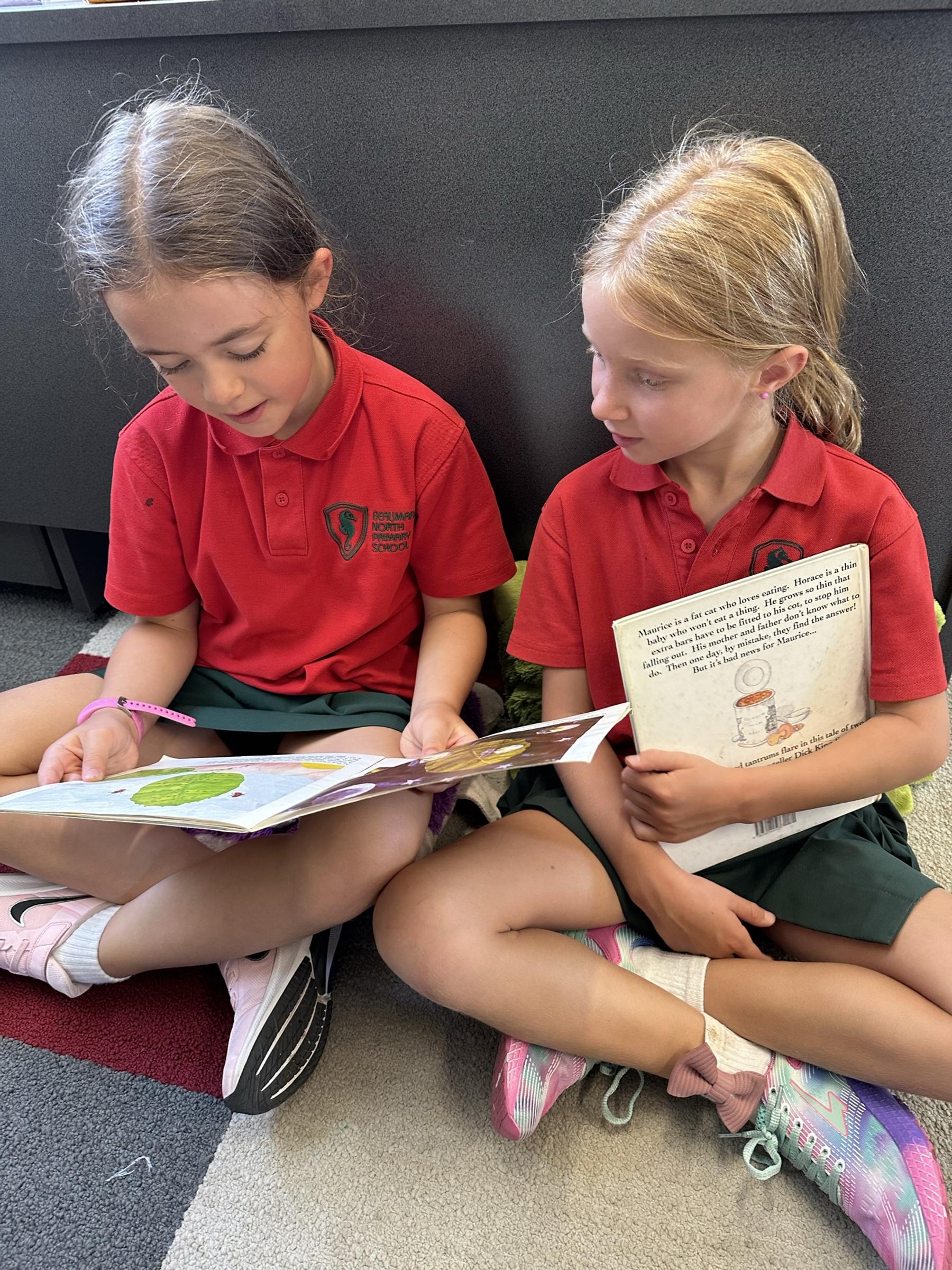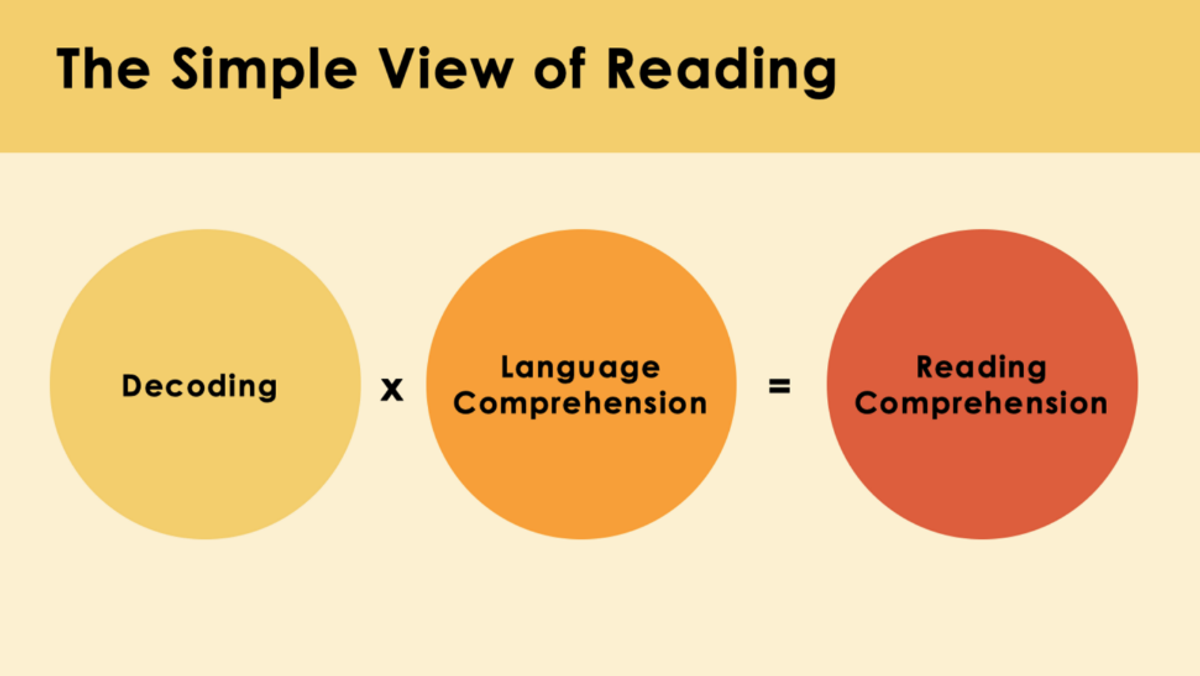Literacy

Understanding the Simple View of Reading
A Foundation for Literacy Success
Reading is one of the most important skills we teach in primary school. But what exactly does it take for a child to become a successful reader? One of the most widely accepted models in literacy education is the Simple View of Reading, which offers a clear and practical way of understanding what reading involves — and how we can best support our students.
What Is the Simple View of Reading?
The Simple View of Reading (SVR) was developed by Gough and Tunmer in 1986 and remains a key framework in teaching reading today. It explains that reading comprehension is the result of two essential components:
Decoding – the ability to read words accurately and fluently.
Language comprehension – the ability to understand spoken language and make meaning from what is heard.
Put simply, this model shows that reading = decoding × language comprehension. Both skills are necessary. If either one is weak, reading comprehension will suffer.
Why Is This Important?
Understanding this model helps teachers and parents recognise where a child might need extra support.
A student might be able to sound out words (strong decoding) but not understand what they read (weak comprehension).
Another might understand stories read aloud (strong comprehension) but struggle to read the words themselves (weak decoding).
A third may have strengths or weaknesses in both areas.
Recognising these patterns early allows us to provide targeted support that meets the child’s individual needs.
The Simple View Formula
The relationship between these components is often represented by the formula: Reading Comprehension = Word Recognition x Language Comprehension.
This formula highlights that both word recognition and language comprehension are necessary for reading comprehension and if either is weak, reading comprehension will be negatively impacted.
For example, if a student can decode all the words in a text perfectly but has very poor language comprehension, their overall reading comprehension will be limited. Similarly, if a student has strong language comprehension but struggles with decoding, they will also face challenges in understanding what they read.
Some educators and researchers use the formula RC = D x LC, where RC is reading comprehension, D is decoding and LC is language comprehension, to illustrate this relationship.
What Does This Look Like in the Classroom?
In the early years, we focus on explicit phonics instruction to build decoding skills. Students learn how sounds and letters work together to form words, and they practise reading fluently.
At the same time, we build oral language skills through storytelling, rich classroom discussions, vocabulary instruction, and listening to and talking about books. This strengthens their ability to understand language, which is key to making meaning when they read.
As students' progress, we continue to nurture both areas, knowing that strong readers must not only be able to read the words, but also understand and think critically about what they read.
How Can Parents Help?
Families play a vital role in supporting both sides of the reading equation. Here are a few ways to help at home:
- Read with your child every day. Talk about the story, ask questions and discuss new words.
- Encourage sounding out words and praise effort in decoding.
- Have conversations. Build your child’s vocabulary by talking about the world around them.
- Expose them to a variety of texts, including fiction, nonfiction, poetry and more.
A Final Thought
The Simple View of Reading reminds us that reading success is not just about recognising words on a page — it’s also about understanding, thinking and connecting ideas. By building strong foundations in both decoding and language comprehension, we give our students the best possible start on their journey to becoming confident, capable readers.


